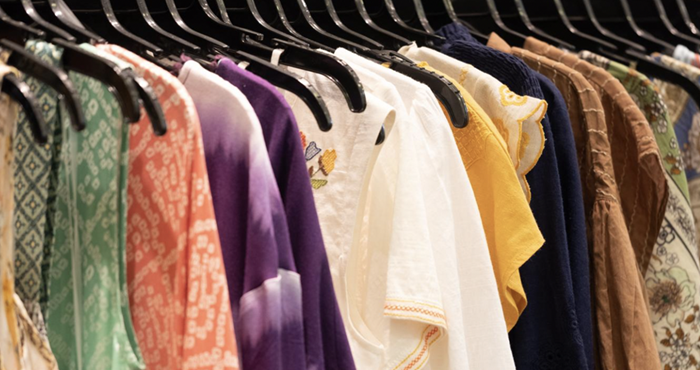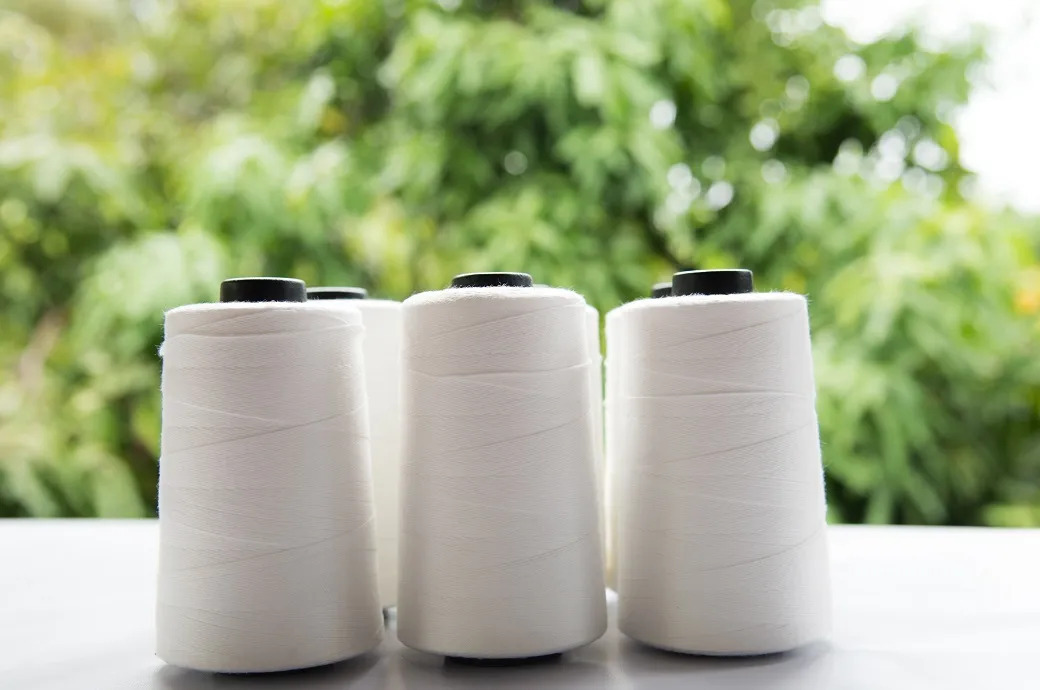Facing significant challenges, Bangladesh's RMG exports are projected to decline to $2 billion in 2025, according to a forecast by Bloomberg Economics. The report highlights increased tariffs in the United States, a potential decrease in exports to India, and ongoing domestic energy shortages as key contributing factors.
Accounting for 80 per cent of its total export earnings, RMG exports are a critical component of Bangladesh's economy. In 2024, the country generated $38.48 billion from RMG exports, according to data compiled by the Bangladesh Garment Manufacturers and Exporters Association (BGMEA). Bloomberg Economics warns, any substantial decline in these earnings could severely impact Bangladesh's foreign exchange reserves.
Forecasts suggests, the ‘damage could get even worse’ if competitors like India secure more favorable trade deals with the US, potentially allowing them to capture market share.
Furthermore, overseas retailers might cancel contracts with Bangladeshi suppliers if delivery delays occur. These delays could stem from longer travel routes due to India's recent withdrawal of transshipment facilities for Bangladeshi export cargo. On April 8, India revoked the ability for Bangladesh's exports to third countries to transit through its land borders to Indian airports and ports, a move exporters believe will increase shipment costs.
Additionally, domestic fuel shortages could force producers to halt manufacturing, further exacerbating delivery issues.
Amid pressure from local textile millers, India's National Board of Revenue (NBR) blocked yarn imports through several land ports on April 13. This was followed by broader restrictions on May 17, with India imposing limitations on imports of garments, agro-processed foods, furniture, and other goods from Bangladesh through land ports, raising concerns about significant export losses.
Bloomberg Economics estimates, India imports approximately $700 million worth of apparel from Bangladesh annually. The report suggests, if these import bans remain in place, Indian importers could replace all of these supplies with domestic products by 2027.
Complicating matters further, Bangladesh's status as a Least Developed Country (LDC) provided zero-duty access for its garments. However, with its graduation from LDC status set for November 2026, Bangladesh could face increased duties on its goods. Bloomberg Economics warns, a combination of higher duties, increased logistics costs, and longer transit times would erode the competitiveness of Bangladeshi exporters.
Finally, the report notes that higher tariffs globally this year could reduce global growth by 0.4 percentage points, which would also negatively impact Bangladesh's shipments.












